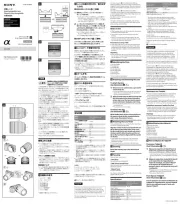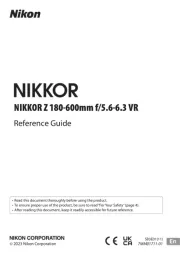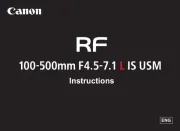Sony FE 24-50mm f/2.8 G Bedienungsanleitung
Lies die bedienungsanleitung für Sony FE 24-50mm f/2.8 G (4 Seiten) kostenlos online; sie gehört zur Kategorie Objektiv. Dieses Handbuch wurde von 10 Personen als hilfreich bewertet und erhielt im Schnitt 4.5 Sterne aus 5.5 Bewertungen. Hast du eine Frage zu Sony FE 24-50mm f/2.8 G oder möchtest du andere Nutzer dieses Produkts befragen? Stelle eine Frage
Seite 1/4

交換レンズ
Interchangeable Lens
Objectif interchangeable
ýᘂpjB
取扱説明書
Operating Instructions
Mode d’emploi
Manual de instrucciones
6㬂ᔜs
FE 24-50mm
F2.8 G
E-mount
SEL2450G
https://www.sony.net/
©2023 Sony Corporation
Printed in China
5-041-904- (1)01


Produktspezifikationen
| Marke: | Sony |
| Kategorie: | Objektiv |
| Modell: | FE 24-50mm f/2.8 G |
Brauchst du Hilfe?
Wenn Sie Hilfe mit Sony FE 24-50mm f/2.8 G benötigen, stellen Sie unten eine Frage und andere Benutzer werden Ihnen antworten
Bedienungsanleitung Objektiv Sony
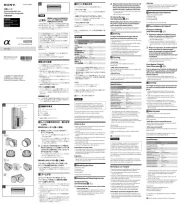
3 August 2025
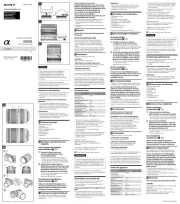
3 August 2025

3 August 2025
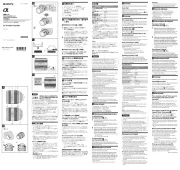
3 August 2025
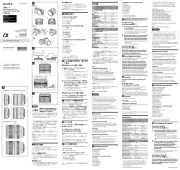
3 August 2025
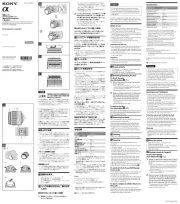
3 August 2025
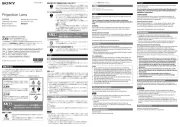
3 August 2025
Bedienungsanleitung Objektiv
- Yongnuo
- Gigabyte
- Sensei
- Lensbaby
- Canon
- Olympus
- Laowa
- Tokina
- OM SYSTEM
- MSI
- Kodak
- Rollei
- Irix
- Hasselblad
- Nikon
Neueste Bedienungsanleitung für -Kategorien-
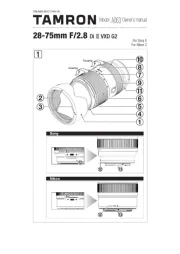
1 August 2025
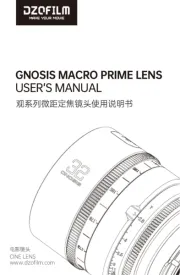
29 Juli 2025
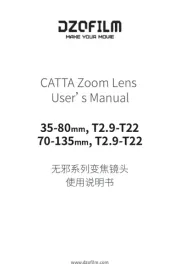
29 Juli 2025
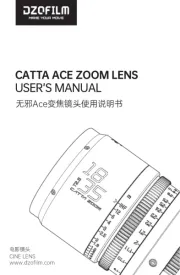
29 Juli 2025
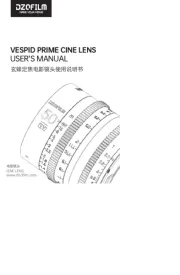
29 Juli 2025

28 Juli 2025
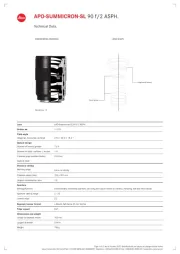
28 Juli 2025


